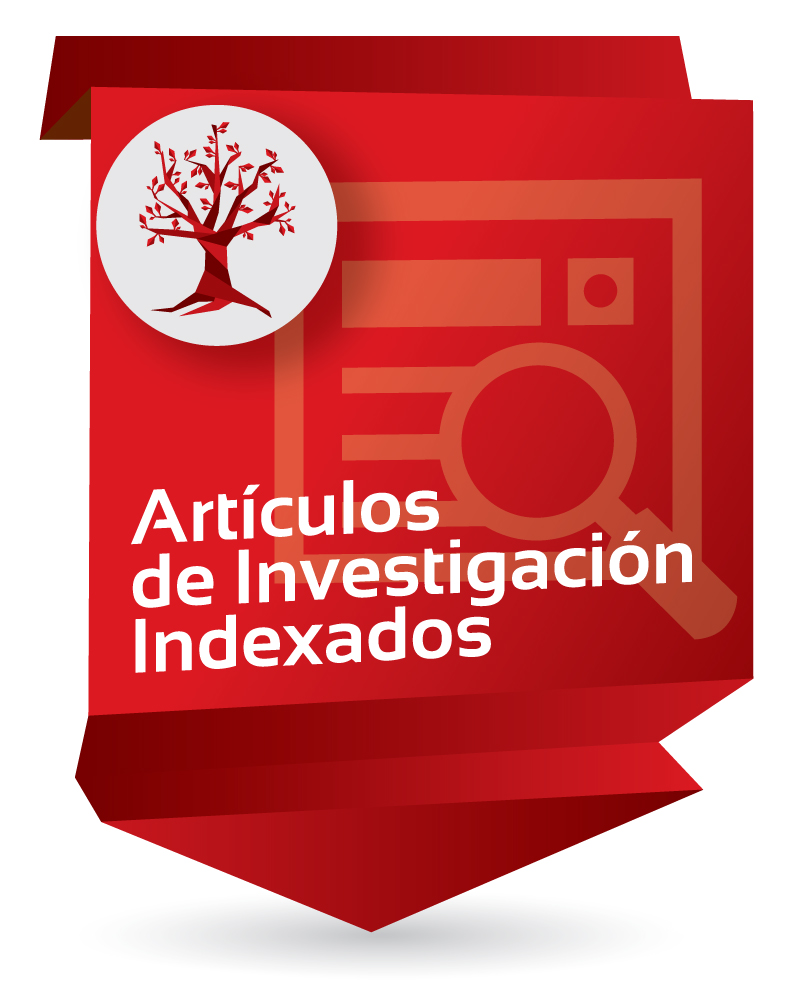Air pollution analysis in Northwestern South America: A new Lagrangian framework

Enlaces del Item
URI: http://hdl.handle.net/10818/59793Visitar enlace: https://www.scopus.com/inward/ ...
DOI: 10.1016/j.scitotenv.2023.167350
Compartir
Estadísticas
Ver Estadísticas de usoCatalogación bibliográfica
Mostrar el registro completo del ítemAutor/es
Casallas A.; Cabrera A.; Guevara Luna M. A.; Tompkins A.; González Y.; Aranda J.; Belalcazar L.C.; Mogollon Sotelo C.; Celis N.; Lopez Barrera E.; Peña Rincon C.A.; Ferro C.Fecha
2024Resumen
This study examines the spatiotemporal variations of PM2.5, PM10, SO2, O3, NO, and NO2 concentrations in Northwestern South America (NWSA). We assess the efficacy of existing policies, identify underlying phenomena, and highlight areas for further research. Significant findings have emerged by analyzing reanalysis and in-situ data, employing the WRF-Chem model, and utilizing a new Lagrangian framework designed to overcome some drawbacks common to analysis of pollution Long-Range Transport. Wildfires in the first half of the year and volcanic activity (for SO2) in July–August contribute to over 90 % of the pollutant's advection, leading to high pollution levels in urban areas. SO2 volcanic emissions contribute to secondary PM, explaining the peak in PM concentrations in Cali in July. In the second half of the year, pollutant behavior varies based on factors such as city characteristics, vehicular-volume, air temperature, wind speed, and boundary layer height, and O3 is influenced by solar radiation and the NO/NO2 ratio. Diurnal variations of PM and NOx correlate with vehicular density, SO2 with industrial activity, and O3 depends on solar radiation. Trend analysis reveals decreasing PM10 levels except in three Cundinamarca cities and Cali suggesting the need to implement/evaluate control plans in those locations. Although data is limited, NO and NO2 levels show an increasing trend due to the rising number of vehicles. SO2 levels are decreasing, except in Cali, potentially influenced by the nearby industrial and polluted city of Yumbo. O3 displays a downward trend in most cities, except Bogotá, due to the NO/NO2 ratio favoring O3 increase. These findings provide a starting point for further research to deepen our understanding of NWSA air pollution. Such investigations are essential before modifying existing policies or enacting new ones. Collaborative efforts at the international, regional, and inter-city levels are crucial for effective air quality management. © 2023 The Authors
Palabras clave
Ubicación
Science of the Total Environment
Colecciones a las que pertenece
- Facultad de Ingeniería [583]

















